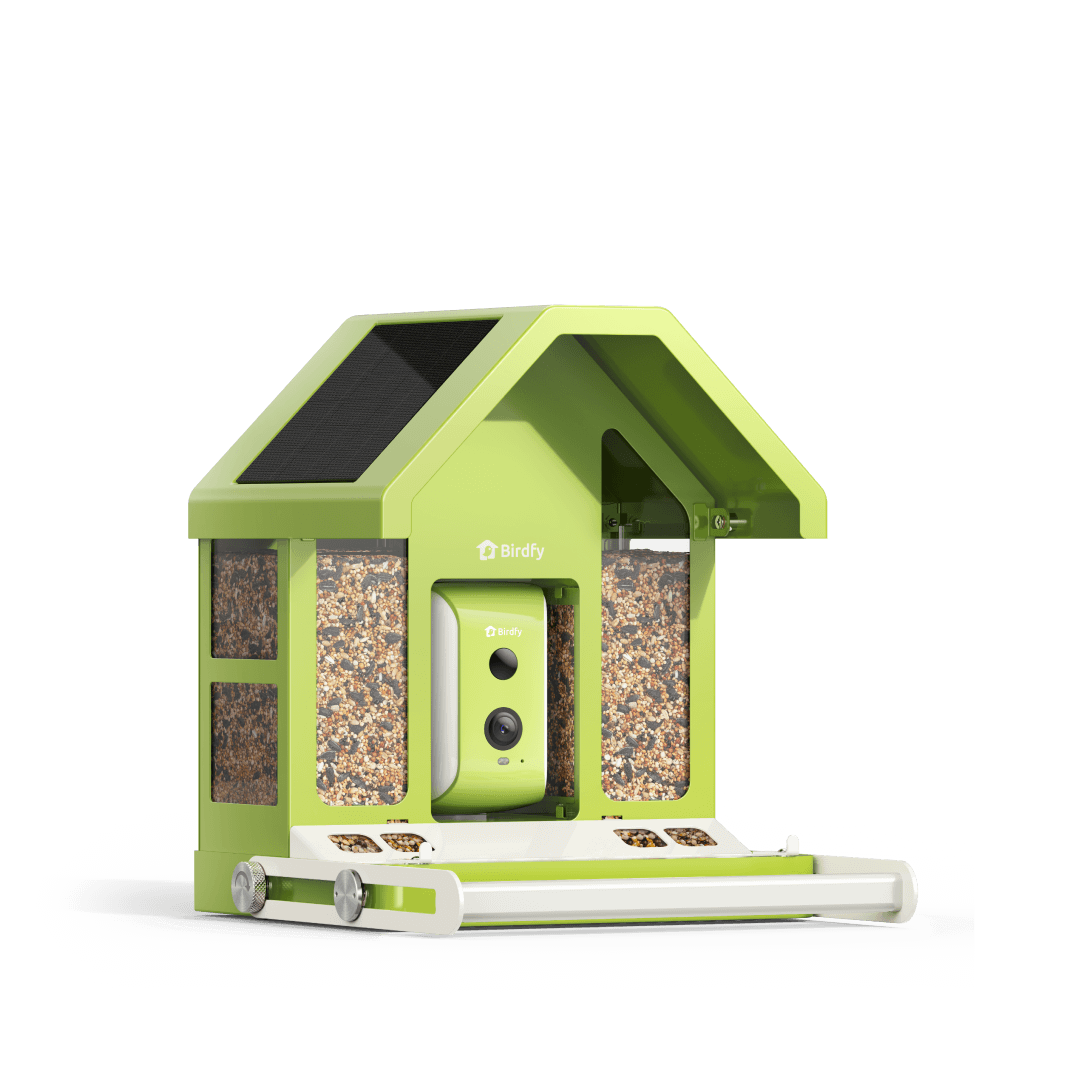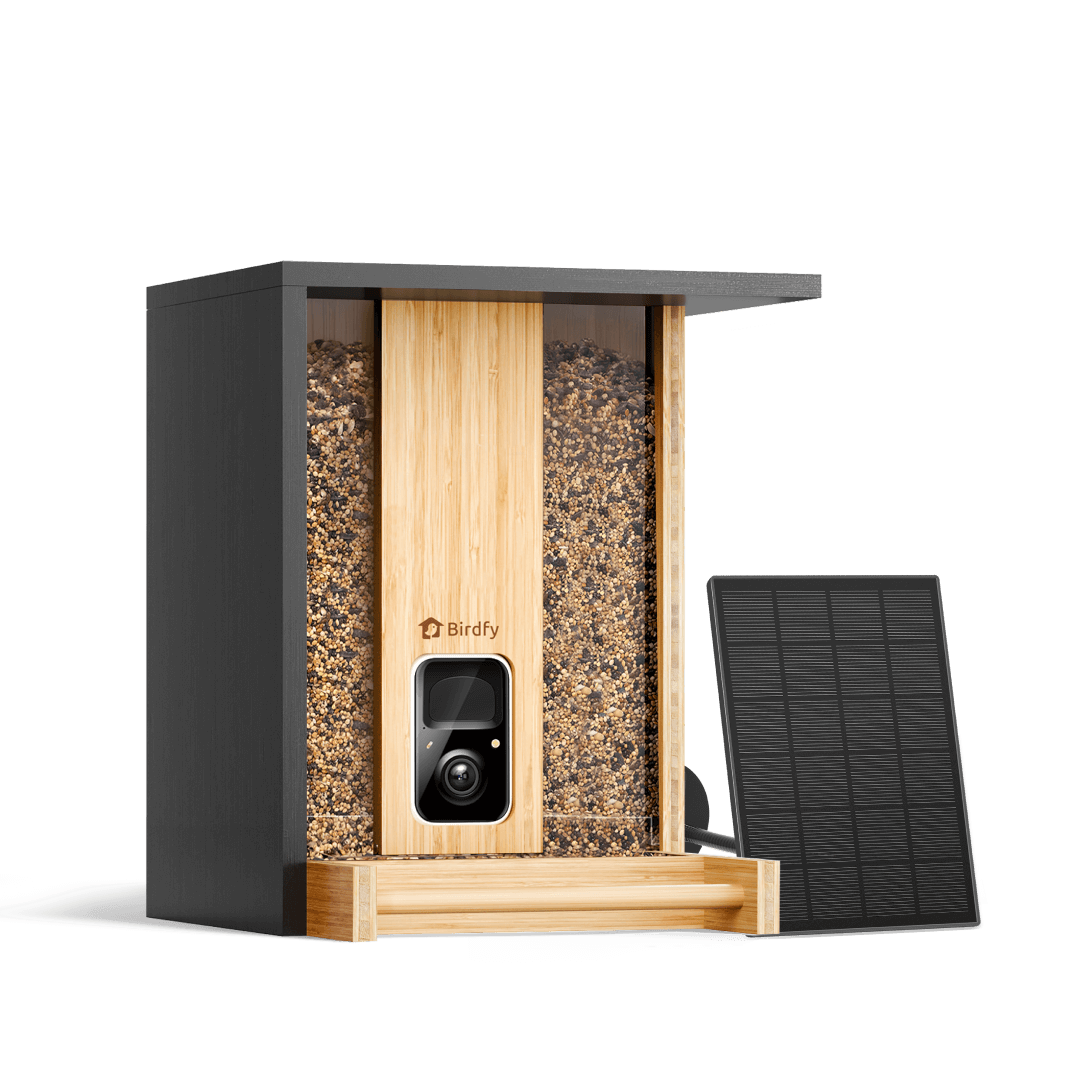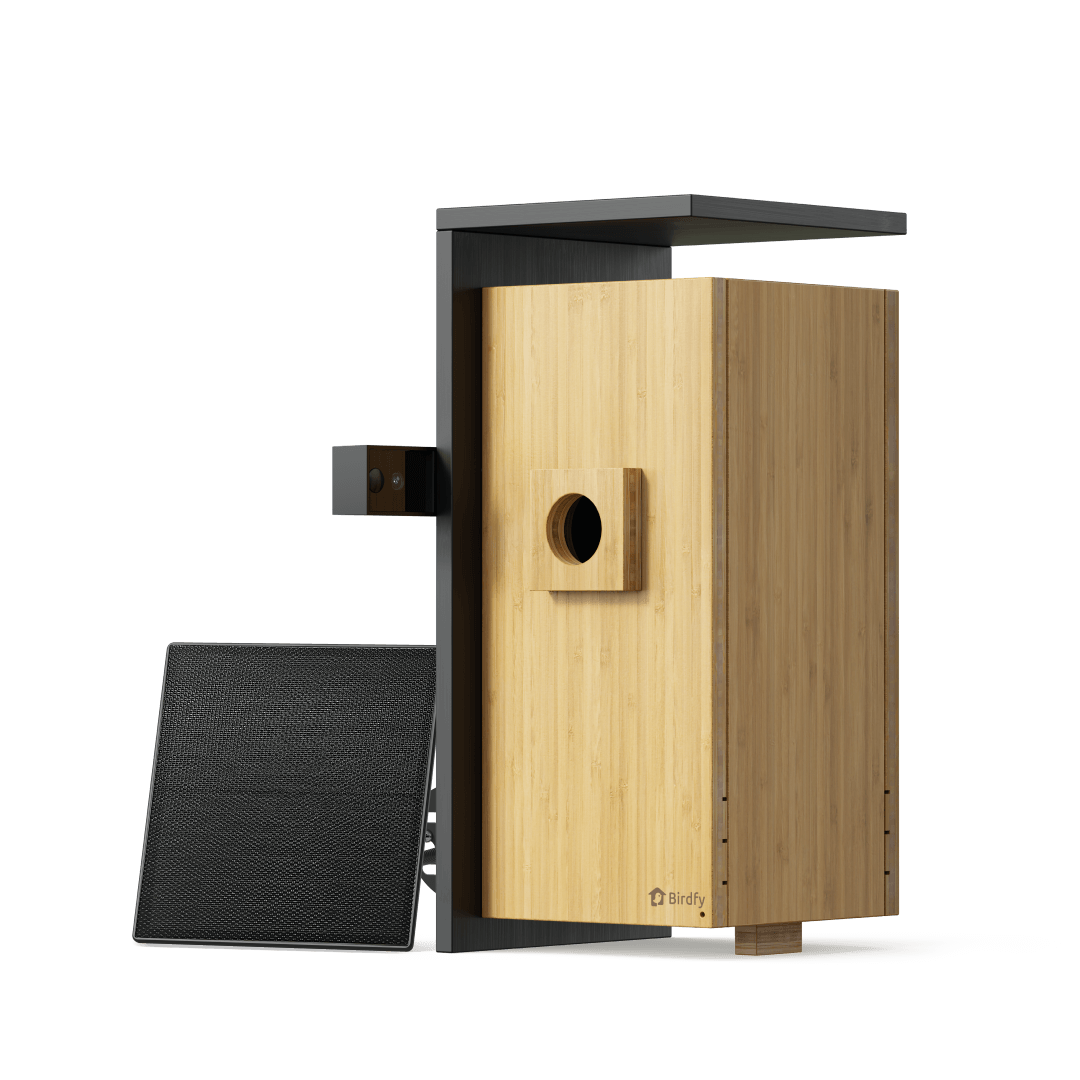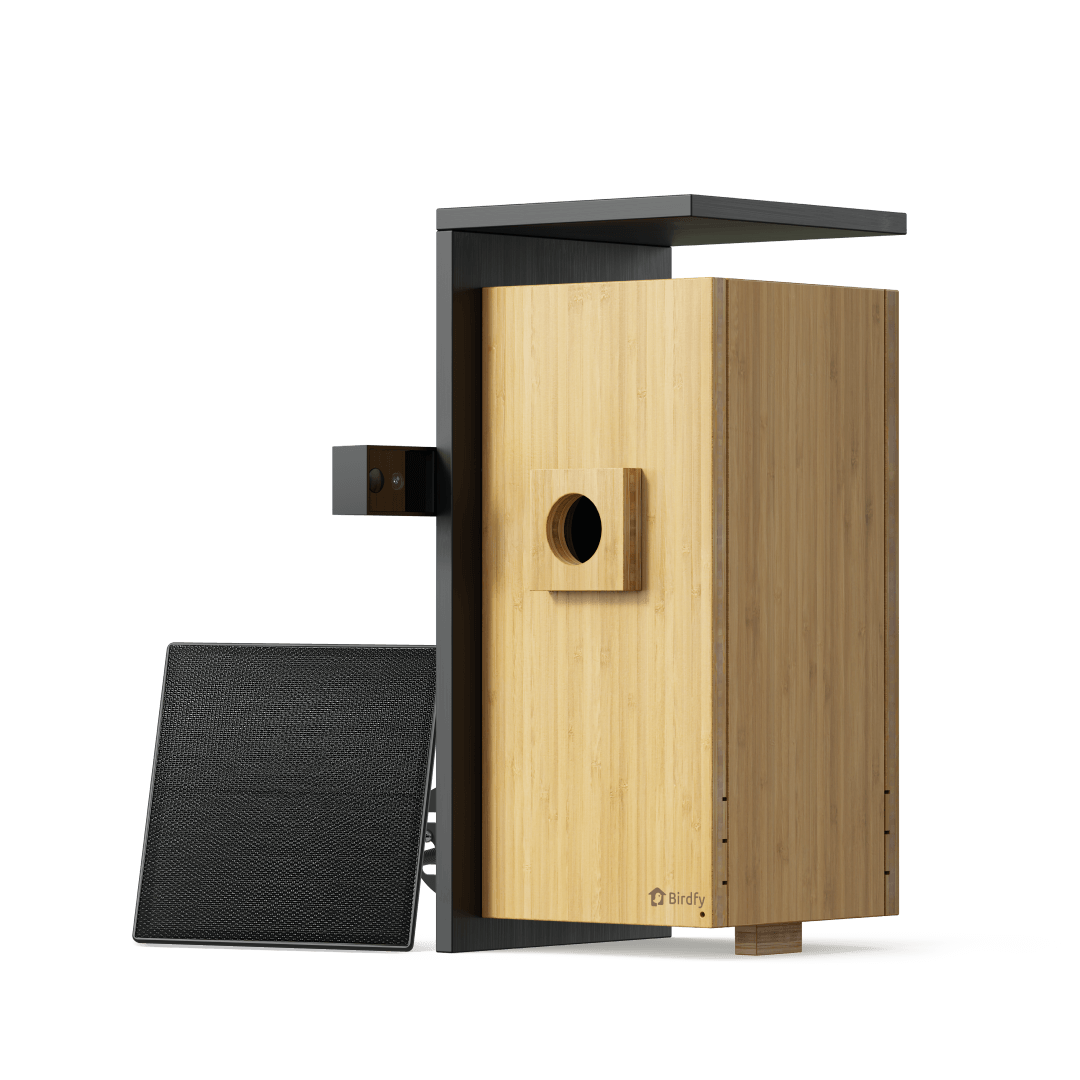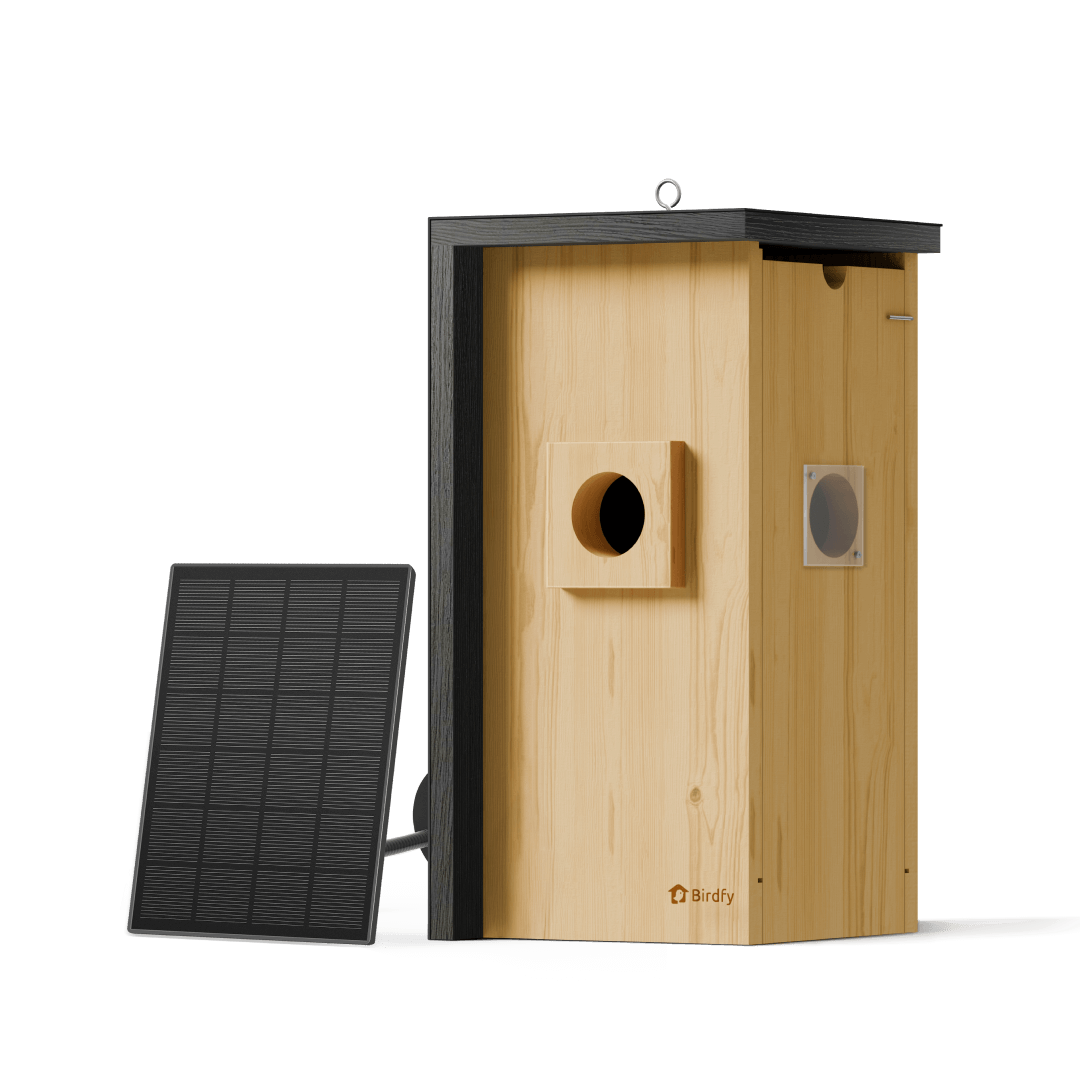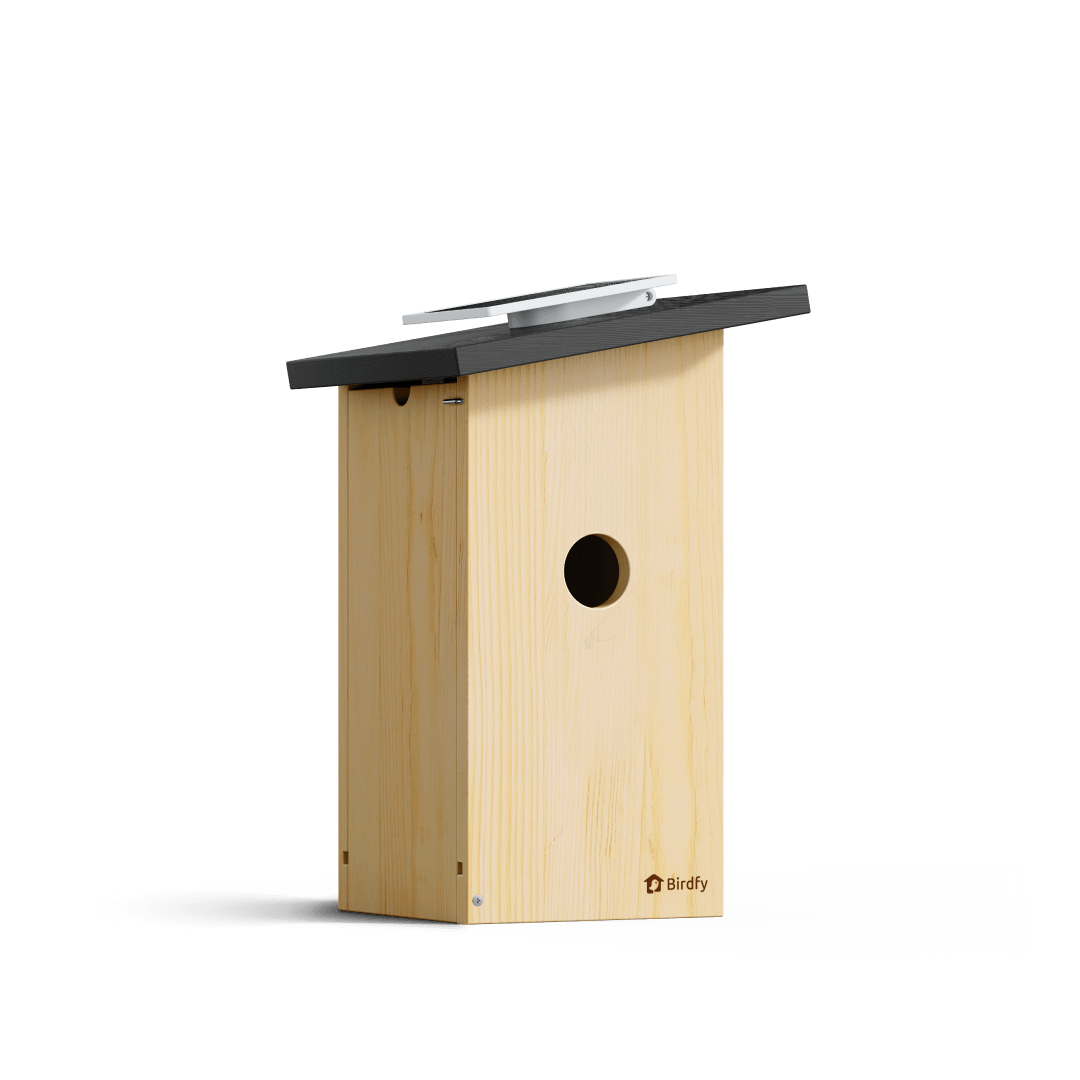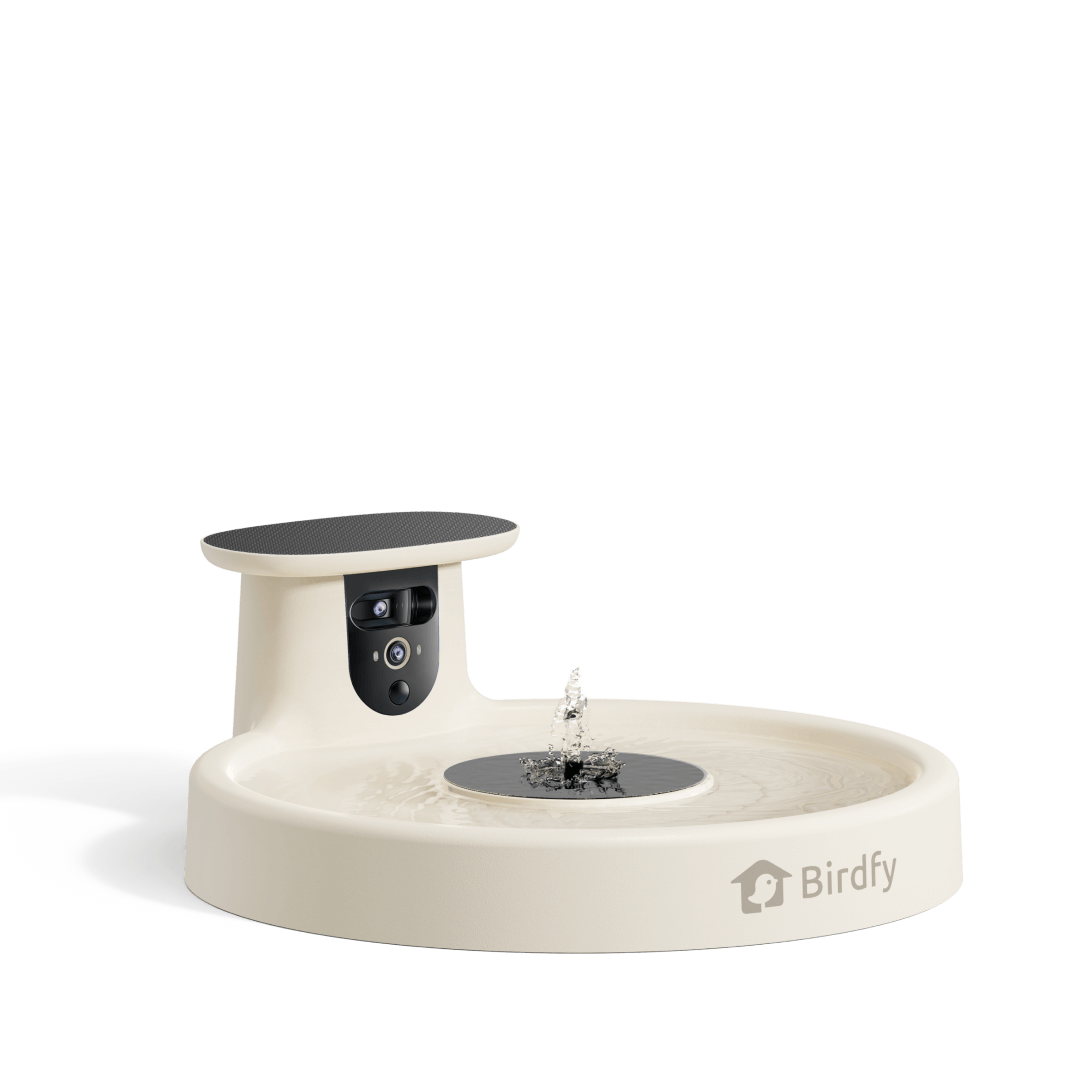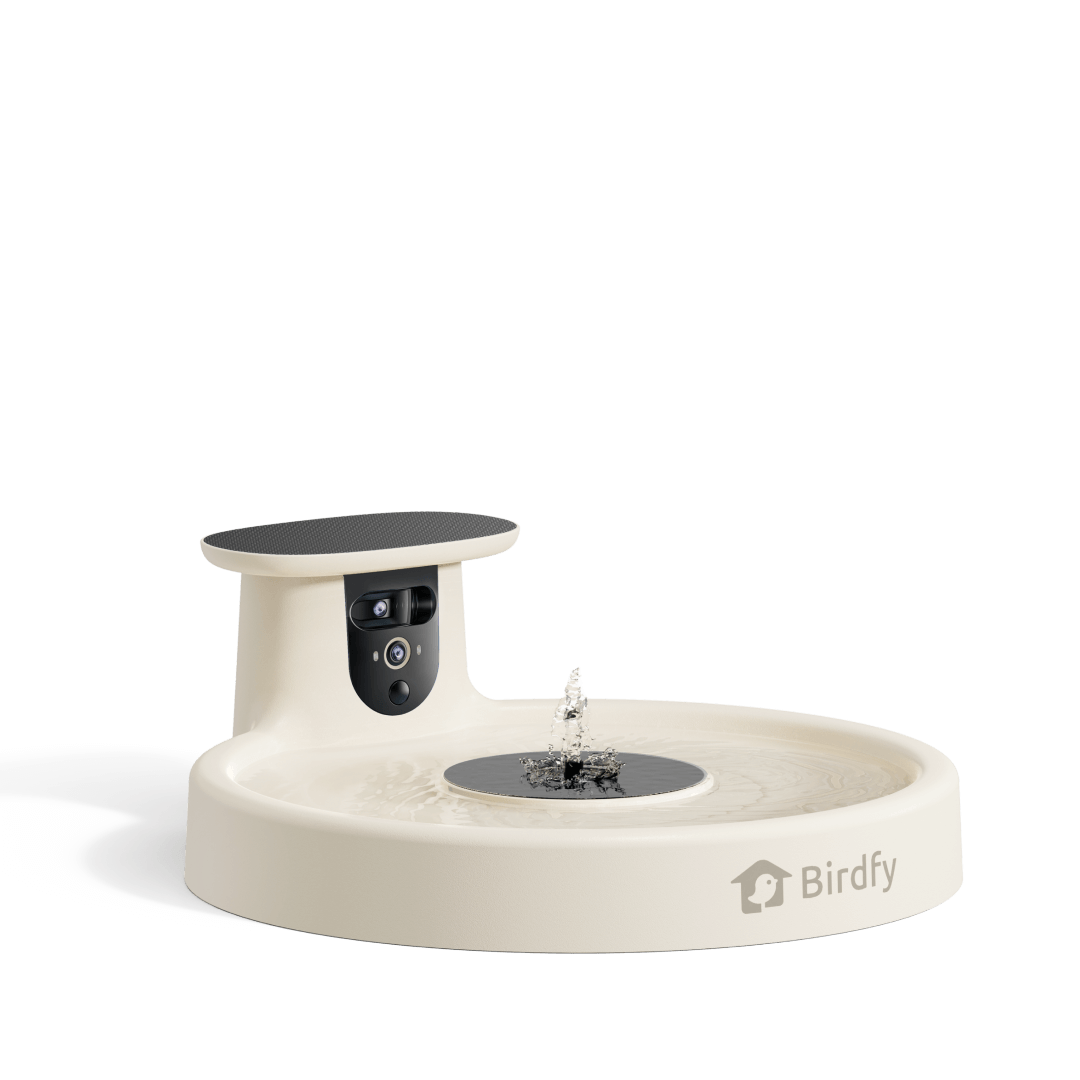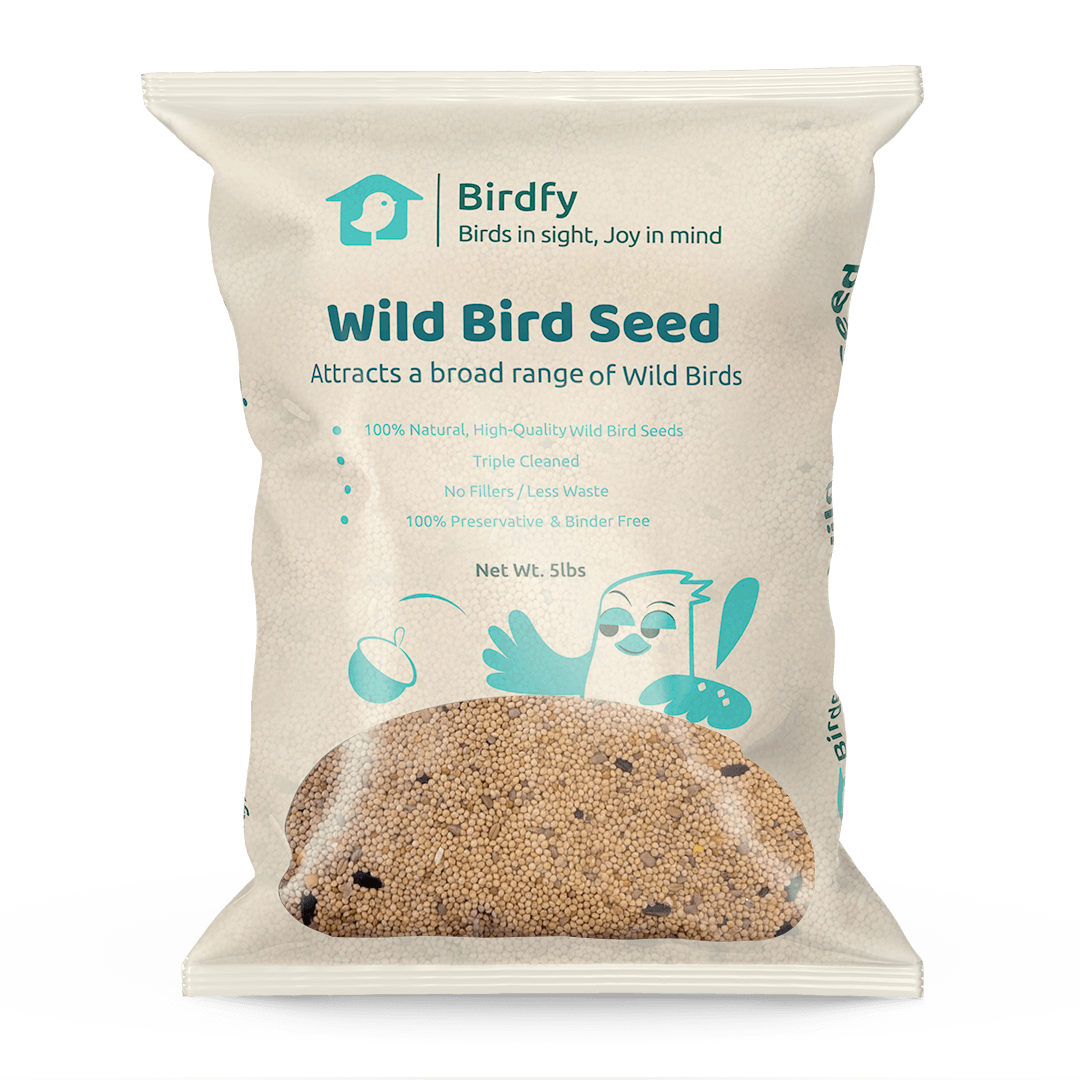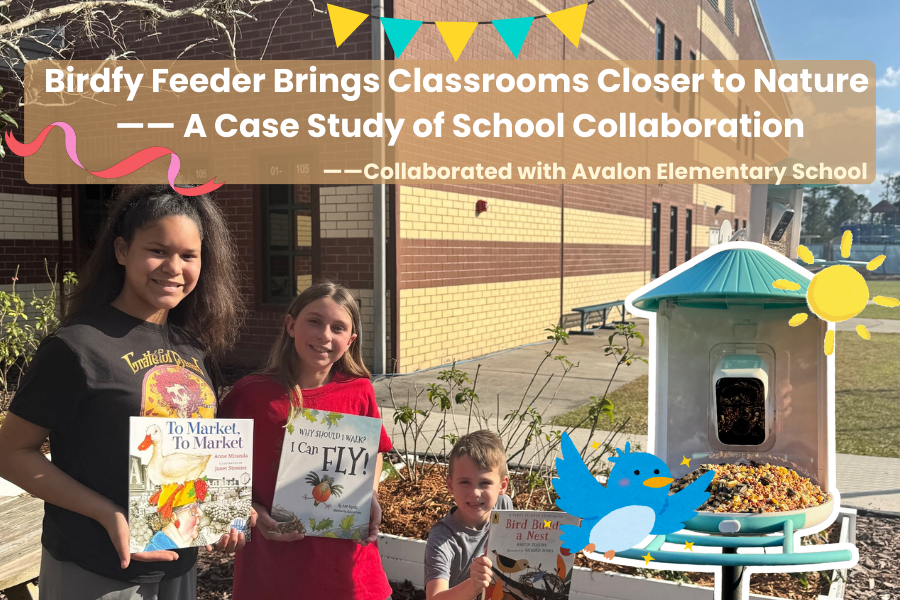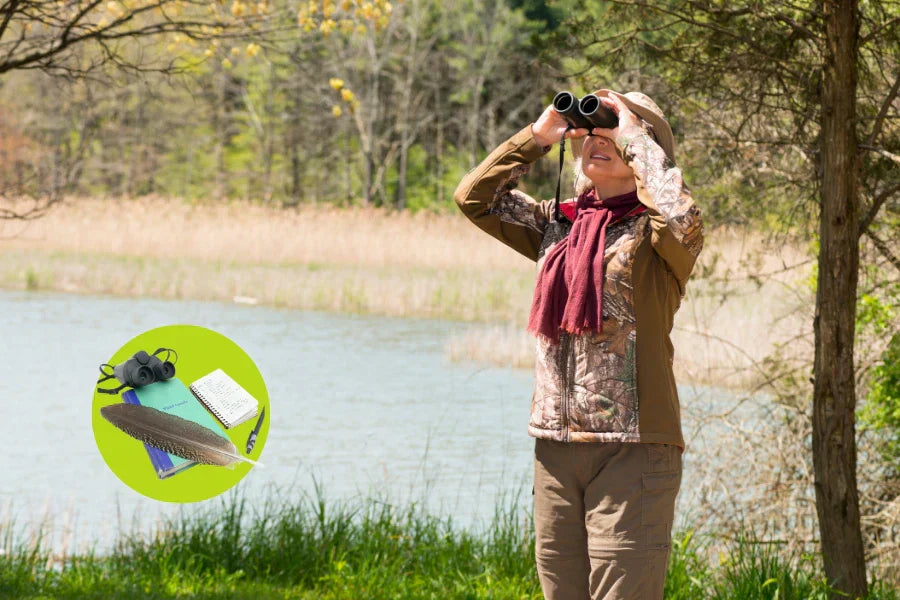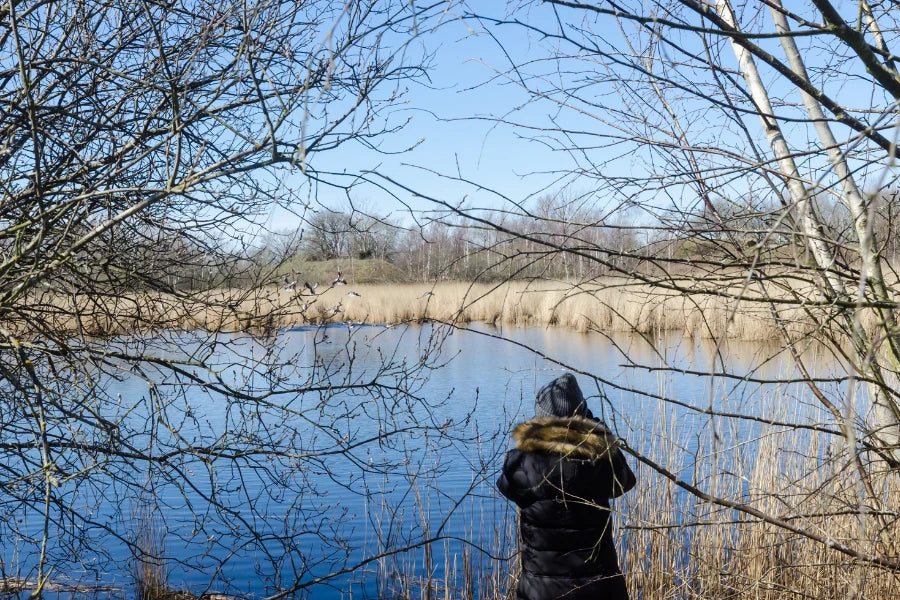Do Birds Remember Faces
Birds exhibit remarkable cognitive abilities, including the capacity to recognize and remember individual humans. This ability varies among species and has been observed in both wild and domesticated birds. Understanding how birds recognize faces and develop relationships with humans not only enriches our knowledge of avian behavior but also enhances our experiences with these fascinating creatures.
Do Birds Remember Faces?
Research indicates that many bird species possess the ability to remember faces, a skill that plays a crucial role in their survival and social interactions. For example, studies have shown that crows, known for their intelligence, can remember the faces of individual humans. They can distinguish between those who pose a threat and those who do not, effectively using this information to navigate their environment and avoid danger.

Scientific Evidence
One of the landmark studies on this topic involved researchers wearing different masks while capturing and banding crows. Later, when the researchers returned wearing the same masks, the crows exhibited aggressive behaviors toward the masked individuals they associated with capture, while ignoring those wearing different masks. This experiment highlights not only their memory but also their ability to associate specific individuals with past experiences.
Do Birds Remember Humans?
Birds do remember humans, especially if they have regular interactions. Species that frequently come into contact with humans, such as urban-dwelling birds, tend to develop recognition skills more rapidly. Birds like pigeons, crows, and even some species of sparrows can learn to identify their feeders and the people who provide food.
The Role of Interaction
The nature and frequency of interactions significantly influence a bird’s ability to remember humans. Birds that are regularly fed or observed by the same person can form a bond, leading them to recognize not just the person’s face but also their voice and movements. This familiarity can encourage birds to approach humans more confidently.

Do Wild Birds Recognize Humans?
Yes, wild birds can recognize humans, and this ability is particularly evident in species like crows, magpies, and jays. These birds are not only capable of recognizing individual humans but also communicating their experiences within their social groups.
Examples from the Wild
- Crows and Ravens: Known for their intelligence, these birds can remember and recognize individual human faces for years. They often warn other crows about people they perceive as threats, demonstrating their social learning capabilities.
- Magpies: These birds have shown similar abilities, remembering human faces associated with positive or negative experiences. They can also pass this information to others in their community.
- Jays: Blue jays and scrub jays can recognize their feeders and will often approach familiar humans who provide food, showing a clear recognition of individual humans.
Do Cardinals Recognize Humans Who Feed Them?
Northern Cardinals, like many other birds, can indeed recognize humans who feed them. They are often seen at backyard feeders and can develop familiarity with the individuals who regularly provide food.
Building Relationships with Cardinals
Cardinals are known for their bright plumage and bold behavior, which makes them a favorite among birdwatchers. By consistently feeding them, you can create a trusting relationship, as they will begin to associate you with food sources. With time, they may approach more closely or even chirp to you, indicating their comfort level.

Which Birds Can Recognize Individual Humans?
Several bird species are particularly adept at recognizing individual humans:
- Crows and Ravens: As mentioned, these birds are highly intelligent and have a strong memory for faces. They can remember individual humans and their interactions for significant periods.
- Parrots: Parrots, especially those kept as pets, can easily recognize their owners. They form strong bonds and often display affection toward their caregivers, showcasing their social nature.
- Pigeons: Research has shown that pigeons can recognize human faces and differentiate between people based on photographs. This ability allows them to navigate urban environments effectively.
- Magpies: Like crows, magpies have demonstrated the ability to recognize and remember individual humans, forming associations based on past experiences.
- Chickadees: These small birds can also recognize individual humans, particularly those who provide food. They often become comfortable with regular feeders and may approach closely.

What Bird Likes Humans the Most?
While many birds can become friendly with humans, certain species are particularly known for their sociability. Budgerigars (budgies) and cockatiels are two such examples. These birds often thrive in human company and can develop strong bonds with their owners, frequently displaying affectionate behaviors.
Social Birds and Their Affection
- Budgerigars: These small parrots are one of the most popular pet birds due to their playful and friendly nature. They enjoy interacting with humans and can learn to mimic sounds and words.
- Cockatiels: Known for their charming personalities, cockatiels love to socialize with humans. They often seek out interaction and can become very attached to their owners.
- Lovebirds: Lovebirds are small parrots known for their affectionate behavior. They are social creatures that thrive on interaction, both with their own kind and with humans. When raised in a nurturing environment, lovebirds can form strong bonds with their owners, displaying a range of affectionate behaviors such as preening, cuddling, and vocalizing.

Building Trust with Birds Using a Feeder
Creating a trusting relationship with wild birds often begins with providing regular food sources. Bird feeders are an excellent way to attract various species to your yard while allowing birds to become familiar with your presence. Here are some key tips on building trust with birds using a feeder:
1. Choose the Right Feeder
Selecting the appropriate feeder is crucial. Different bird species prefer different types of feeders. Below are five of the most popular Birdfy Feeders, each designed with unique features to help you attract and care for wild birds:

The world's first award-winning dual-lens smart bird feeder. Equipped with an AI-powered camera that captures crystal-clear photos and videos day and night, it attracts a wide variety of species and identifies them instantly—making birdwatching more interactive and educational.
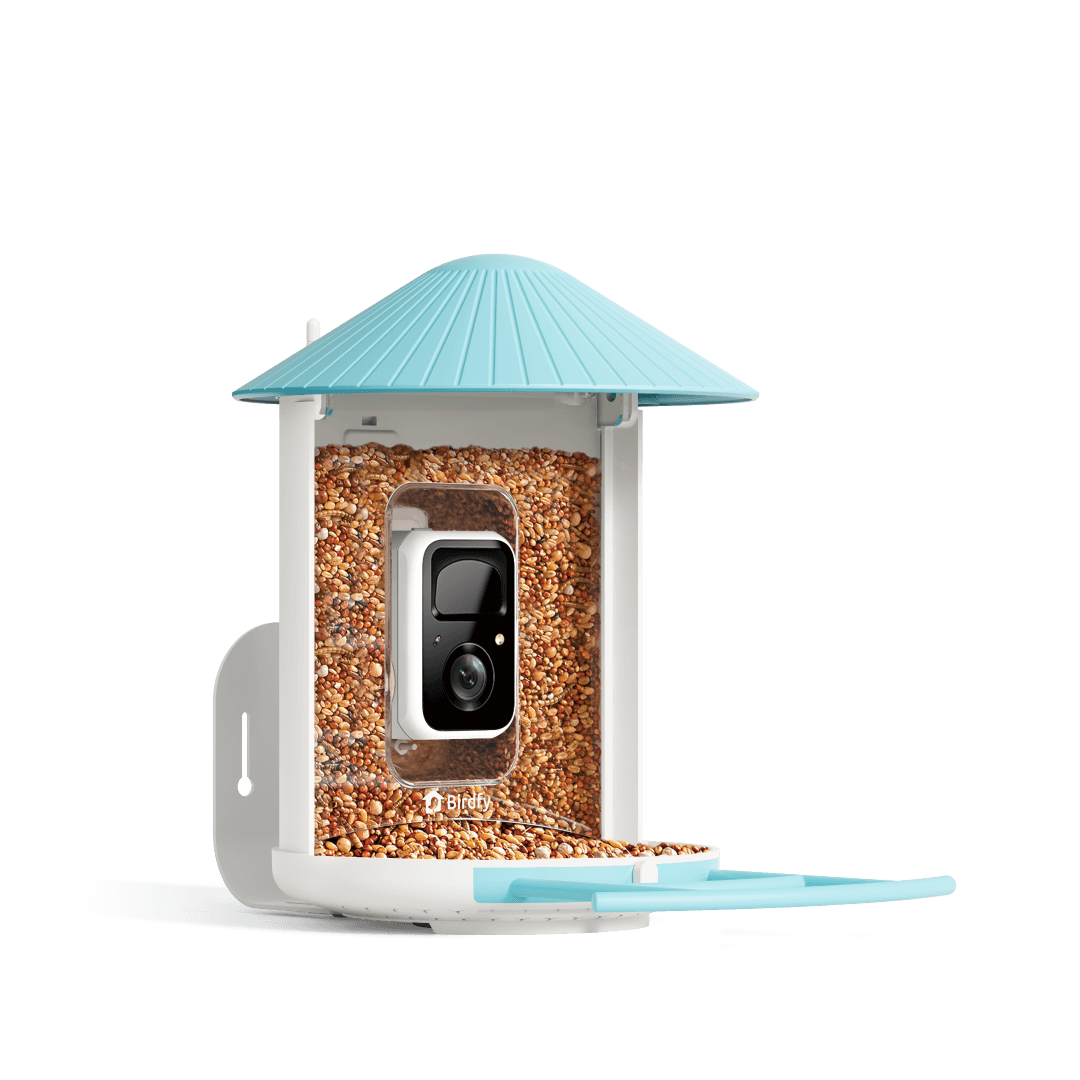
The classic Birdfy smart feeder, loved by over 600k users. An iconic, entry-friendly model with reliable AI recognition and a smooth app experience—perfect for those starting their smart birdwatching journey.
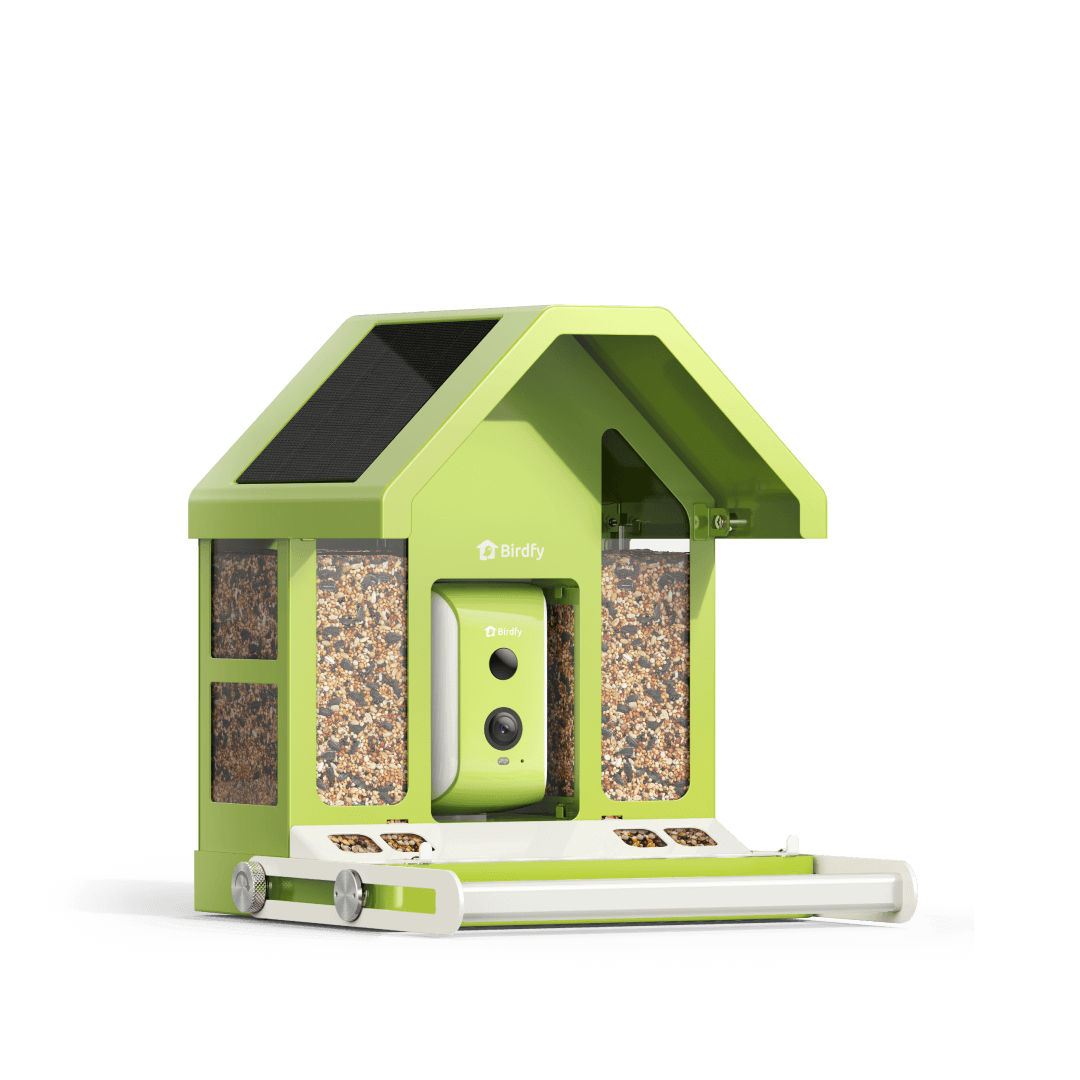
Built with a durable metal shell to withstand squirrels and harsh weather. It combines Birdfy’s smart camera technology with rugged construction—ideal for gardens where extra protection and longevity matter.
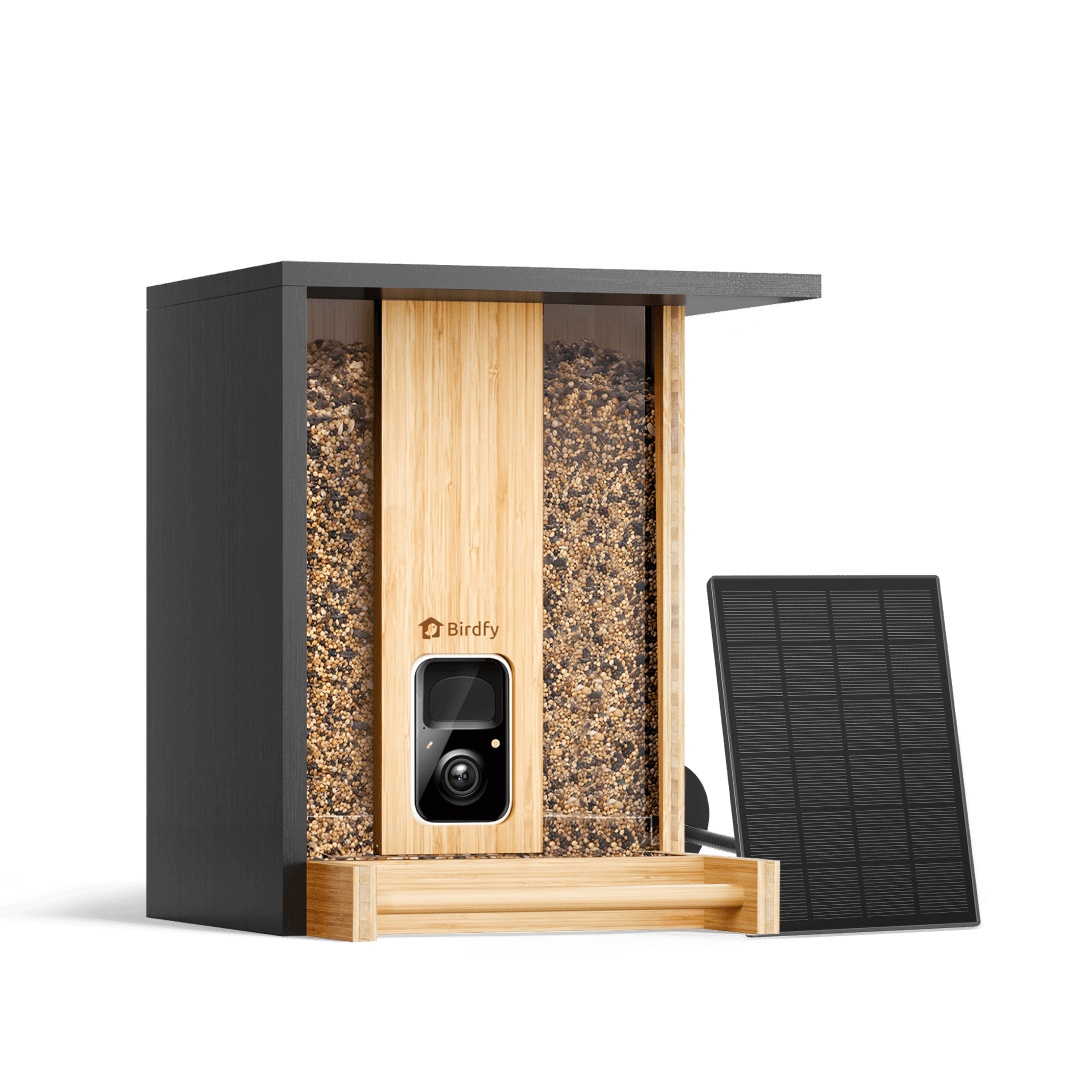
An eco-friendly feeder crafted from sustainable bamboo that blends seamlessly into garden settings. A stylish, smart choice for birders who want both natural aesthetics and modern functionality.
2. Use High-Quality Bird Seed
The type of birdseed you use can significantly impact the birds you attract. High-quality seeds, such as black oil sunflower seeds, safflower seeds, and mixed seed blends, are often more appealing to birds. Avoid cheap, low-quality seed mixes that contain fillers that birds typically avoid.

3. Create a Safe Environment
Birds are more likely to return to feeders that are in safe and quiet locations. Place feeders away from areas where predators, like cats or hawks, might be lurking. Additionally, providing nearby perches, such as trees or shrubs, can give birds a place to rest and survey their surroundings before approaching the feeder.
4. Be Consistent
Consistency is key when trying to attract and build trust with birds. Try to refill your feeders regularly and maintain a schedule. Birds will start to recognize the routine and associate your presence with food, gradually becoming more comfortable around you.
5. Observe from a Distance
Initially, it’s best to observe birds from a distance. This allows them to feel safe and less threatened. Over time, as they become more accustomed to your presence, you can gradually move closer. Avoid sudden movements or loud noises that might scare them away.
6. Use a Birdwatching App
Consider using a birdwatching app or field guide to help identify the species visiting your feeder. This not only enhances your experience but also allows you to learn more about the birds’ behaviors and preferences.

7. Be Patient
Building trust with birds takes time. Be patient and allow them to approach at their own pace. Over time, as they grow more accustomed to your presence and associate you with positive experiences, they may begin to approach the feeder more confidently.
Conclusion
Birds have a remarkable ability to remember faces and recognize individual humans, a skill that varies across species. From the intelligent crows and magpies to the affectionate lovebirds, many birds can develop bonds with the people who feed them. By creating a welcoming environment with bird feeders and practicing patience, you can foster trust and enjoy the beauty of birdwatching in your own backyard.
Incorporating tools like the Birdfy Bird Feeder can enhance your experience by attracting a variety of species while allowing you to observe their behaviors from the comfort of your home. As you build relationships with these winged companions, you’ll gain a deeper appreciation for their intelligence, social structures, and the joy they bring into our lives. Through consistent feeding and observation, you can witness firsthand the fascinating dynamics between humans and birds, creating memorable experiences that enrich both your life and theirs.
Share




